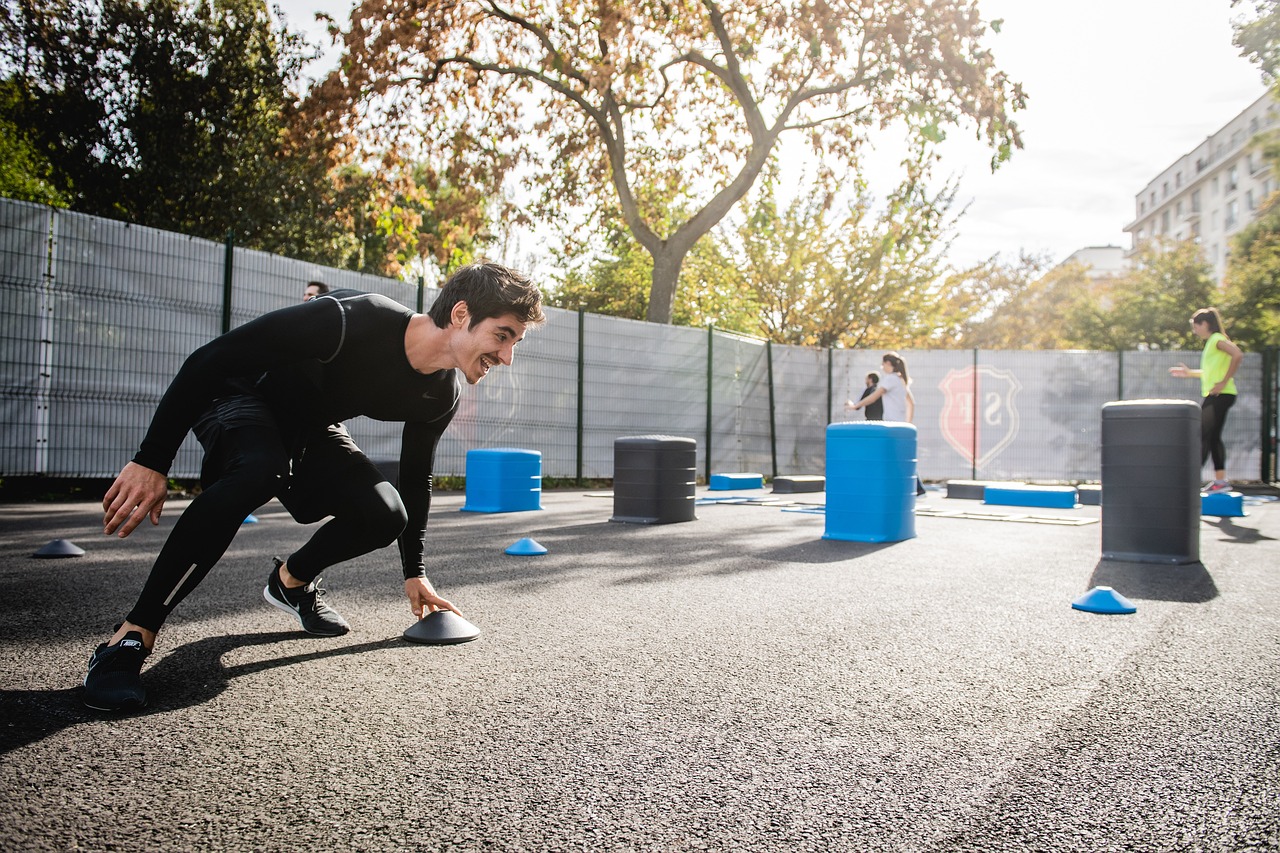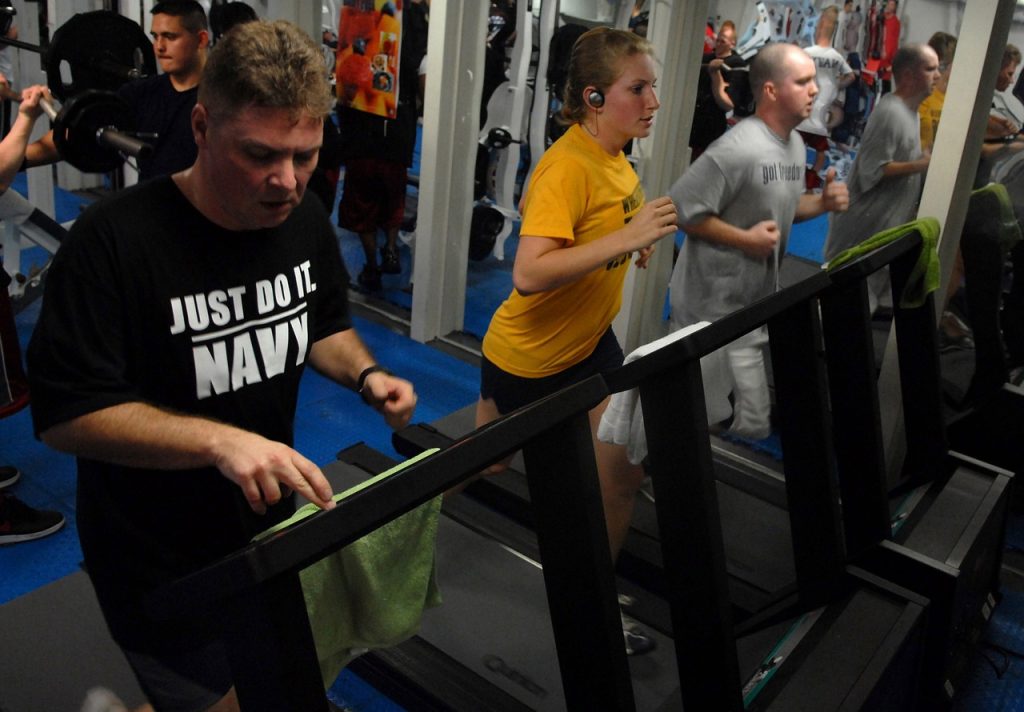
When should cardio be done before or after weights?
Deciding whether to do cardio before or after weightlifting is a question that many gym-goers face. The best approach depends on your fitness goals. If your primary goal is to build muscle and strength, it’s generally recommended to prioritize weightlifting before cardio. This is because lifting weights requires a significant amount of energy and focus, which can be compromised if you’re already fatigued from a cardio session. By starting with weightlifting, you can ensure that you’re able to lift with proper form and intensity, maximizing muscle gains.
On the other hand, if your main focus is on cardiovascular endurance or weight loss, incorporating cardio after your weightlifting session can help further increase calorie burn and improve overall cardiovascular fitness. Doing cardio post-weightlifting also allows you to use any remaining glycogen stores for energy, potentially enhancing fat utilization during the cardio session. Ultimately, the best approach is one that aligns with your specific fitness goals and preferences, so feel free to experiment with different timings to see what works best for you.
Exceptions to the Weights Before Cardio Rule
While the general recommendation is to prioritize weightlifting before cardio for optimal muscle gains, there are exceptions to this rule. One exception is if your primary goal is endurance training or improving cardiovascular fitness. In such cases, starting with a cardio workout can be beneficial as it allows you to focus on elevating your heart rate and maximizing your aerobic capacity. By doing cardio before weightlifting, you ensure that your muscles are prepped and warmed up, potentially reducing the risk of injury during lifting.
Another exception is if you find that fatigue from weightlifting significantly impacts your performance during cardio sessions. Some individuals may experience decreased stamina and intensity during their cardio workouts if they’re already fatigued from lifting weights. In such cases, starting with cardio may help you maintain a higher level of energy and performance throughout the session.
Additionally, incorporating high-intensity interval training (HIIT) workouts into your routine can be an exception to the weights before cardio rule. HIIT involves alternating between short bursts of intense exercise and brief periods of rest or lower-intensity exercise. Research suggests that performing HIIT workouts before weightlifting can enhance calorie burn, metabolic rate, and overall workout efficiency.
Ultimately, while the weights before cardio guideline serves as a good starting point for most individuals aiming to build muscle mass, it’s essential to listen to your body and adjust your workout order based on your personal fitness goals, preferences, and how your body responds to different training sequences. Experimenting with different workout orders can help you determine what works best for you and optimize your fitness routine accordingly.
6 steps you should do for cardio and then strength
Start with bodyweight workouts and then do start using light weights
Starting your workout with bodyweight exercises before progressing to light weights can be a strategic approach to ensure a well-rounded and effective training session. Bodyweight exercises serve as an excellent foundation for building strength, stability, and mobility while also engaging multiple muscle groups simultaneously. They’re ideal for developing fundamental movement patterns, improving coordination, and enhancing neuromuscular control.
By beginning with bodyweight exercises such as squats, push-ups, lunges, planks, or pull-ups, you can effectively warm up your muscles, activate the central nervous system, and increase blood flow to the targeted areas. This prepares your body for more intense activities like weightlifting by priming the muscles and joints for movement while reducing the risk of injury.
Transitioning from bodyweight exercises to light weights allows for a progressive overload on the muscles. Light weights offer additional resistance to challenge your muscles further without compromising form or technique. This gradual increase in intensity helps you develop muscular endurance and strength progressively while minimizing the likelihood of straining or overexerting yourself.
Moreover, combining bodyweight exercises with light weights in a single workout can provide a balanced training stimulus that targets different aspects of fitness such as strength, endurance, and muscular control. This combination allows you to vary your training regimen, prevent plateaus in progress, and promote overall muscle development.
Learn proper weight lifting form
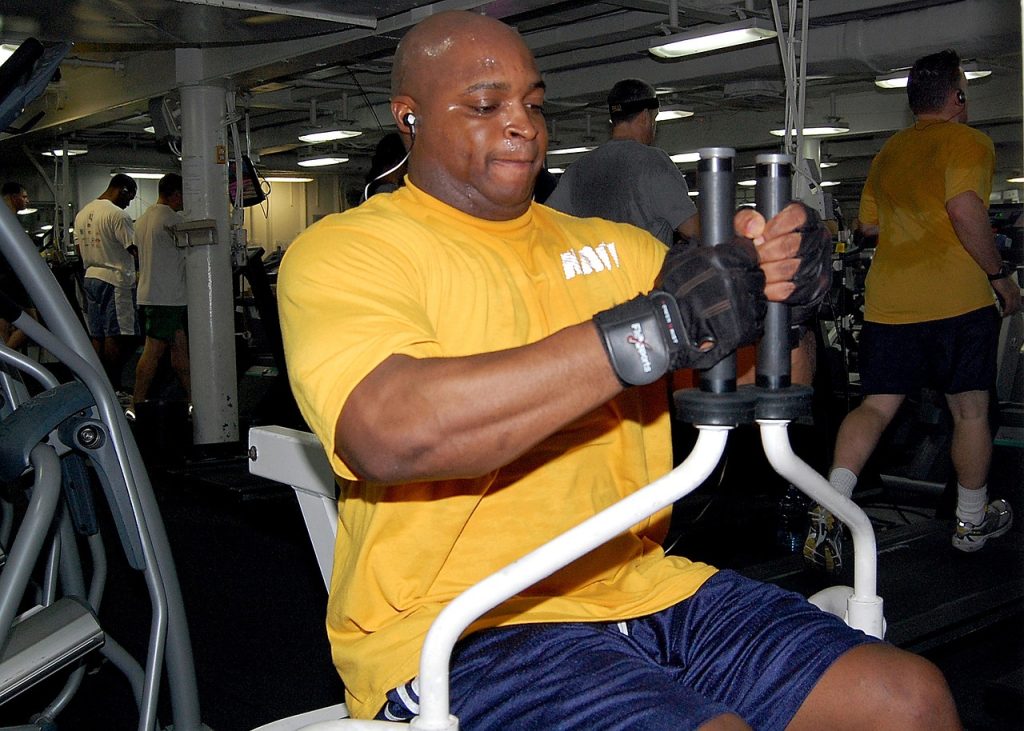
Learning proper weight lifting form is crucial for maximizing the effectiveness of your workouts while minimizing the risk of injury. Whether you’re a novice or experienced lifter, understanding and mastering correct form is essential for progress and overall well-being in your fitness journey.
To start, it’s important to focus on the basics of each exercise. Proper form begins with mastering fundamental movements such as squats, deadlifts, bench presses, and rows. These compound exercises target multiple muscle groups and lay the foundation for more advanced training.
When learning weight lifting form, pay attention to the following key aspects:
- Posture and Alignment: Maintain a neutral spine, engage your core muscles, and ensure proper alignment of joints throughout each movement. Correct posture not only reduces the risk of injury but also maximizes muscle activation.
- Movement Patterns: Understand the correct movement patterns for each exercise. Concentrate on smooth and controlled movements during both concentric (lifting) and eccentric (lowering) phases to optimize muscle engagement.
- Breathing Technique: Pay attention to your breathing pattern while lifting weights. Inhale before initiating the movement and exhale during exertion to stabilize your core and enhance performance.
- Starting Light: Begin with lighter weights to master proper technique before progressing to heavier loads. This allows you to focus on form without compromising safety.
- Seek Guidance: Consider working with a certified personal trainer or coach who can provide expert guidance on proper form, offer feedback on your technique, and design a personalized workout plan tailored to your goals.
- Practice Mind-Muscle Connection: Develop a strong mind-muscle connection by focusing on the specific muscles you are targeting during each exercise. Visualize the muscle working throughout the movement to improve muscle recruitment and activation.
Use more free weights than machines
Choosing free weights over machines in your strength training regimen offers a range of benefits. Free weights, like dumbbells and barbells, engage multiple muscles simultaneously, enhancing coordination and stability. They mimic natural movement patterns, improve range of motion, and promote flexibility and joint mobility. Additionally, free weights help address muscle imbalances by ensuring balanced engagement on both sides of the body during exercises. Their versatility allows for a wide variety of workouts targeting different muscle groups, leading to overall symmetry in muscle development. Opting for free weights can also increase caloric expenditure due to engaging multiple muscle groups concurrently during exercises.
Try strength training first and then cardio after then reverse it.
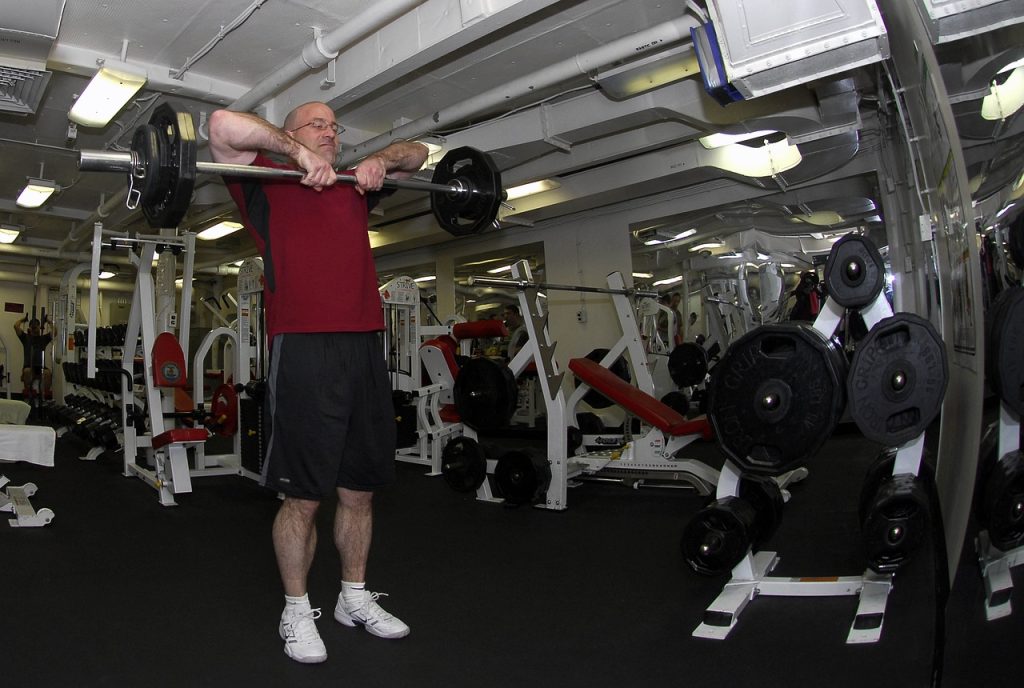
Integrating strength training before cardio in your workout routine can yield substantial benefits. Strength training enhances muscle mass, improves bone density, and boosts metabolism, aiding in fat loss and maintaining a healthy weight. By starting with strength training, you prime your body to expend more energy during the subsequent cardio session, maximizing calorie burn. Additionally, lifting weights before cardio can enhance overall performance by pre-fatiguing muscles, which may lead to greater gains in strength and endurance over time.
On the flip side, swapping the order in the following month – performing cardio before strength training – brings its own advantages. Beginning with cardio can effectively warm up your muscles and joints, reducing the risk of injury during weight lifting. Cardiovascular exercises like running or cycling elevate heart rate and circulation, preparing your body for increased physical exertion during strength training. This sequence can also enable you to maintain higher energy levels throughout your workout session, potentially improving overall performance and endurance.
By alternating the sequence every month – from strength training preceding cardio to vice versa – you provide a well-rounded stimulus to different energy systems and muscle groups within your body. This variety challenges your body in unique ways each month, leading to continuous adaptation and progress. Such variation not only keeps workouts engaging but also prevents plateaus by continually challenging your body in new ways.
Keep a training log
Keeping a training log is an invaluable tool in your fitness journey, especially when incorporating variations in your workout routine like alternating between strength training and cardio. By documenting each session, you create a comprehensive record of your progress, allowing you to track improvements over time. A training log helps you stay accountable and motivated as you can visually see how far you’ve come since starting your fitness regimen.
For alternating between strength training before cardio and vice versa each month, a training log becomes even more critical. Not only does it serve as a roadmap for your workouts, but it also enables you to analyze the impact of changing the sequence on your performance and results. You can note how different approaches make you feel during and after workouts, helping you identify patterns that work best for your body.
Moreover, a training log provides insight into potential plateaus or areas for improvement. If you notice stagnation in progress or energy levels, reviewing your log can highlight any inconsistencies or shortcomings in your routine. Adjusting variables such as intensity levels, rest periods, or exercise selection becomes easier when armed with detailed information from past sessions.
Consistency is key in achieving fitness goals, and a training log acts as a tangible reminder of your dedication to self-improvement. It eliminates guesswork by providing concrete data on weights lifted, distances covered, or time spent exercising. This information empowers you to set realistic goals based on evidence rather than assumptions, fostering long-term commitment and success in your fitness endeavors.
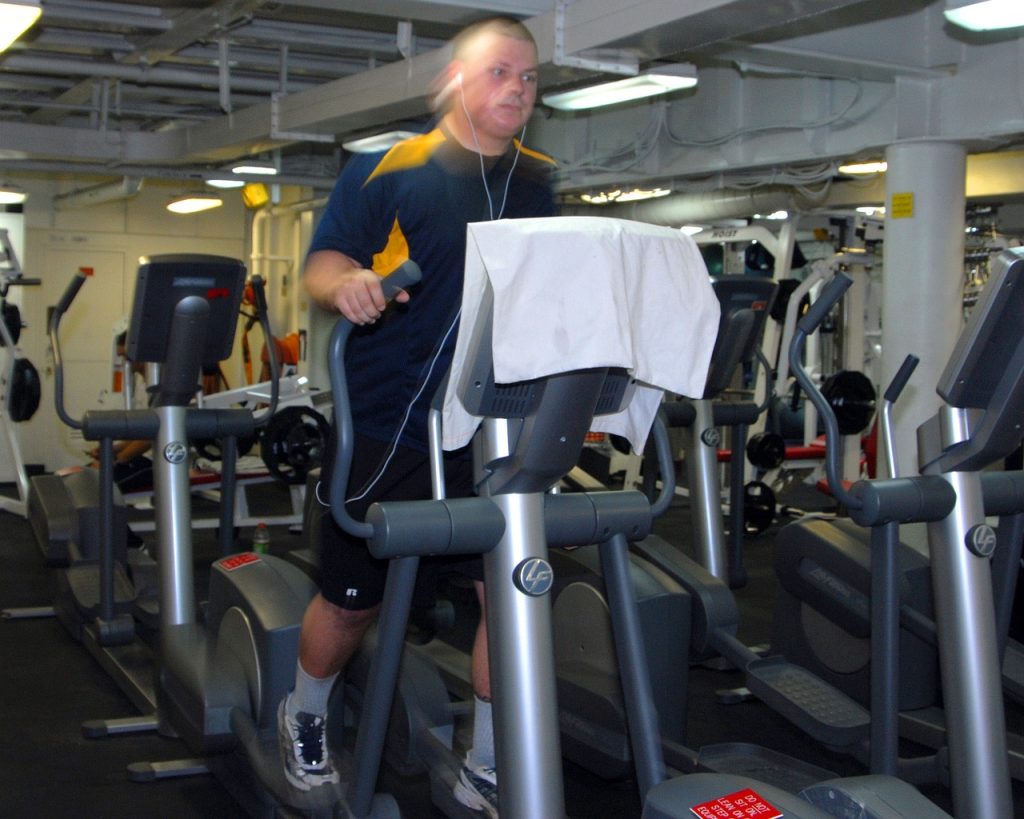
Conclusion
In conclusion, whether to do cardio before or after weights ultimately depends on your fitness goals and personal preferences. While there are benefits to both approaches, such as improved cardiovascular conditioning and enhanced muscular endurance, the best choice is the one that aligns with your objectives. Experimenting with different sequences and listening to your body’s response can help you determine the optimal order for your workouts. Remember that consistency, variation, and individual adaptation are key factors in creating a balanced and effective exercise routine tailored to your needs.
Ultimately, the debate over whether to do cardio before or after weights is highly individualized and reliant on personal fitness goals. Each approach offers distinct benefits and drawbacks that can impact workout performance and results. It’s essential to consider factors like energy levels, workout intensity, and recovery capacity when deciding on the sequence of your training sessions.
By trying both methods over time, you can assess which order works best for you based on factors such as energy levels during workouts, overall endurance throughout the session, and post-workout recovery. Paying attention to how your body responds to each sequence can help guide your decision-making process and optimize your training routine for better results.
Thank you for reading!! I hope this article was helpful. While your at it check out the KUYUC Battle Ropes Review

